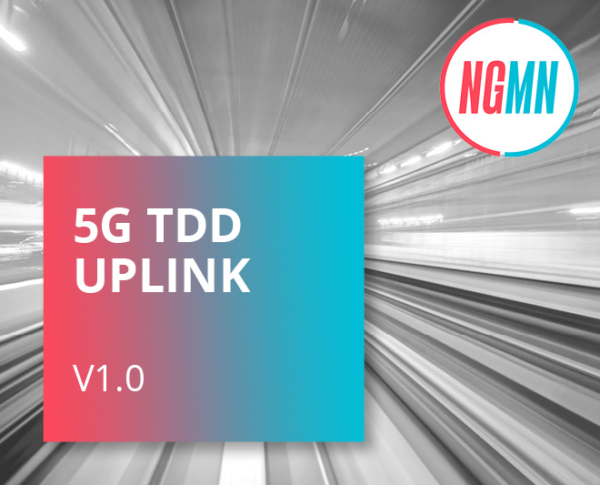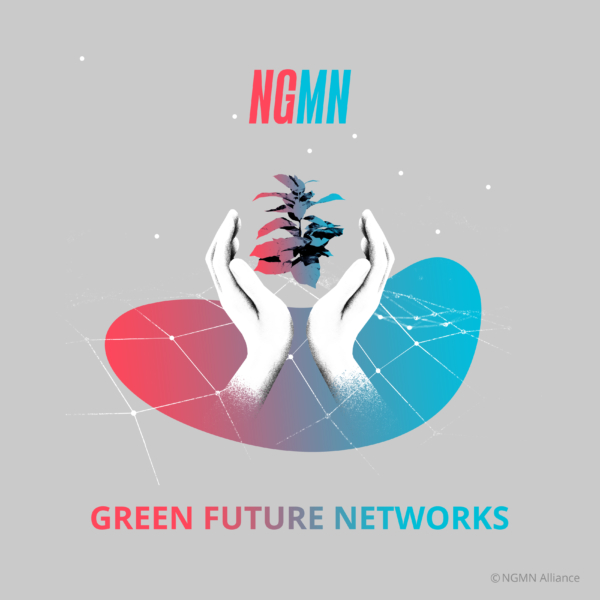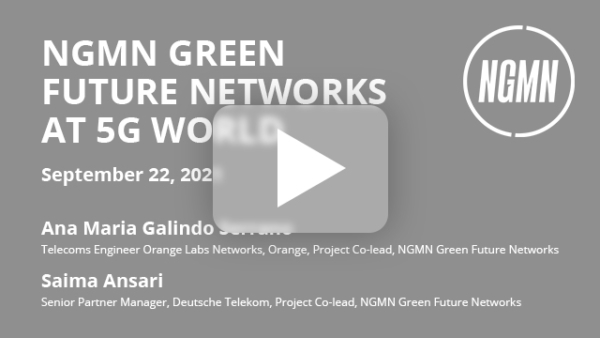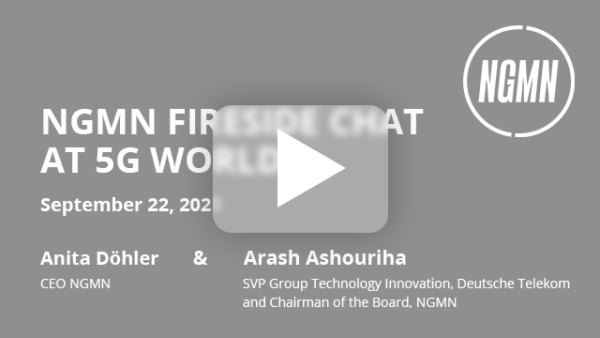NGMN IDENTIFIES 6G USE CASE
Frankfurt, Germany, February 22, 2022:
The identification of 6G use cases is key to predicting major trends in future usage scenarios and will help to steer the needs and requirements for future generational change. Therefore, operators, technology suppliers and academic advisors in NGMN joined forces and contributed their views on which 6G use cases they predict will emerge in the future decade. The result is published in NGMN’s “6G Use Cases and Analysis” White Paper released today.
These predictions will feed into the ITU-R IMT Vision for 2030 and beyond, specifying future connectivity requirements followed by the work of Standards Development Organizations.
A total of 50 use cases were identified, categorised into 4 classes, and mapped into 14 generic use cases. The four classes are:
Enhanced Human Communication – including use cases that have the potential to enrich human communications, such as immersive experience, telepresence & multi-modal interaction.
Enhanced Machine Communication – including use cases reflecting the growth in collaborative robotics, and autonomous machines, the requirement for sensing the surrounding environment and the need for robots to communicate among themselves and with humans.
Enabling Services – including use cases that require additional features, such as high accuracy location, mapping, environmental, or body sensing data.
Network Evolution – describing aspects related to the evolution of core technologies including AI as a service, energy efficiency, and delivering ubiquitous coverage.
High-level analyses and assessments of use cases were conducted at an early stage in several areas, including potential technology components, feasibility, and differentiation to 5G.
Societal needs, differentiated market demands, and operational necessities are key drivers to prioritise the use cases to guide the 6G system design. An important imperative in 6G drivers is environmental sustainability, both in terms of 6G eco-design as well as its enabling impact to reduce the environmental carbon footprint of industries and human activities. Aspects such as security, trust and privacy are also central in considering future technologies.
Luke Ibbetson, Head of Group R&D, Vodafone and Member of the NGMN Board says: “Vodafone is optimistic about how technology innovation can enhance the future and improve people’s lives. Vodafone is delighted to be co-leading the NGMN 6G initiative and helping to define the role and purpose of 6G, together with our co-leads from other geographical regions and the broader NGMN community. We aim to build a digital society that enhances socio-economic progress, embraces everyone and does not come at the cost of our planet.”
Anita Döhler, NGMN CEO states: ”6G is one of our strategic focus topics. Our 6G project is a true global collaboration among operators, vendors and research organisations as well as external stakeholders. With our 6G Use Cases and Analysis, we continue our commitment to providing impactful guidance to the industry in developing 6G, building on our 6G Drivers and Vision. We invite interested industry players to join our endeavor for the benefit of the ecosystem at large.”
NGMN will further focus on these imperatives in future phases of its work on 6G, particularly with respect to demands and drivers. The Alliance expects new use cases to emerge, in support of digitisation and innovation beyond today’s imagination.
Following NGMN’s 6G Drivers and Vision publication in 2021, this publication of 6G Use Cases marks the next step towards NGMN’s work on 6G End-to-End requirements.








